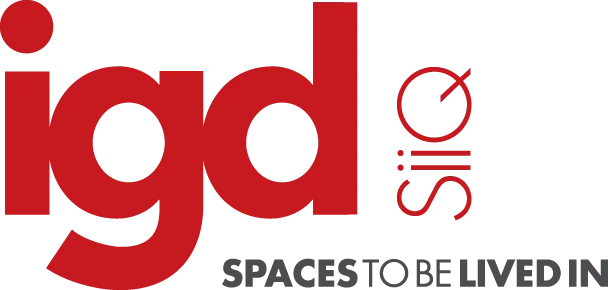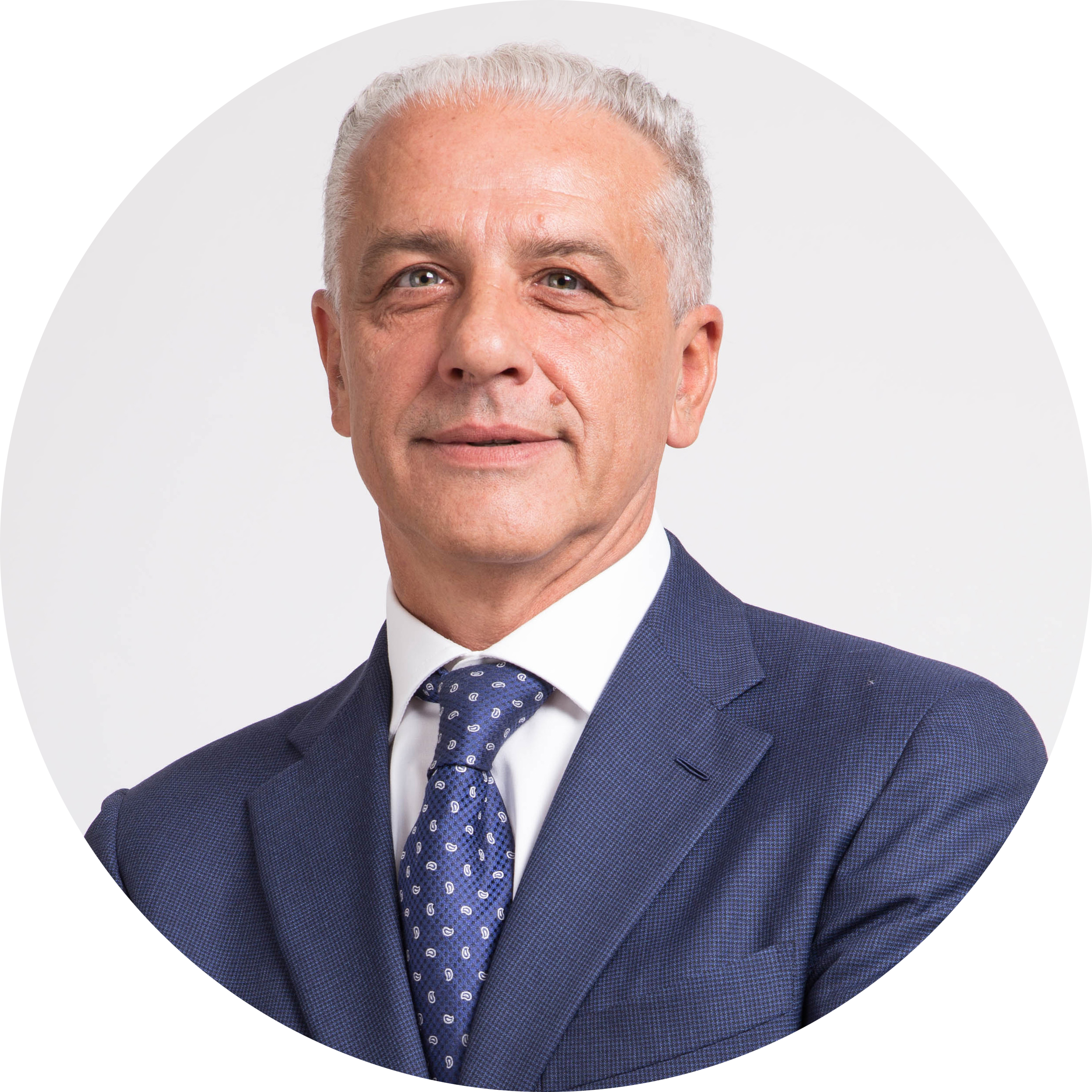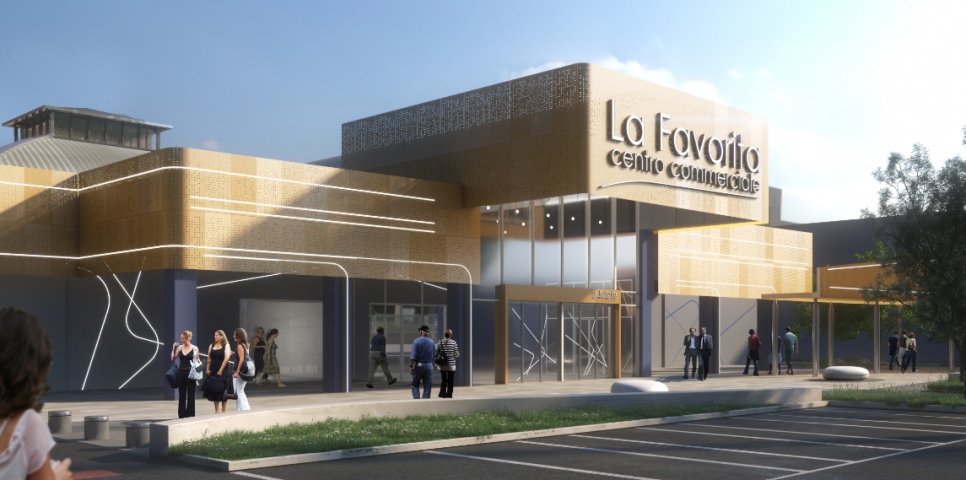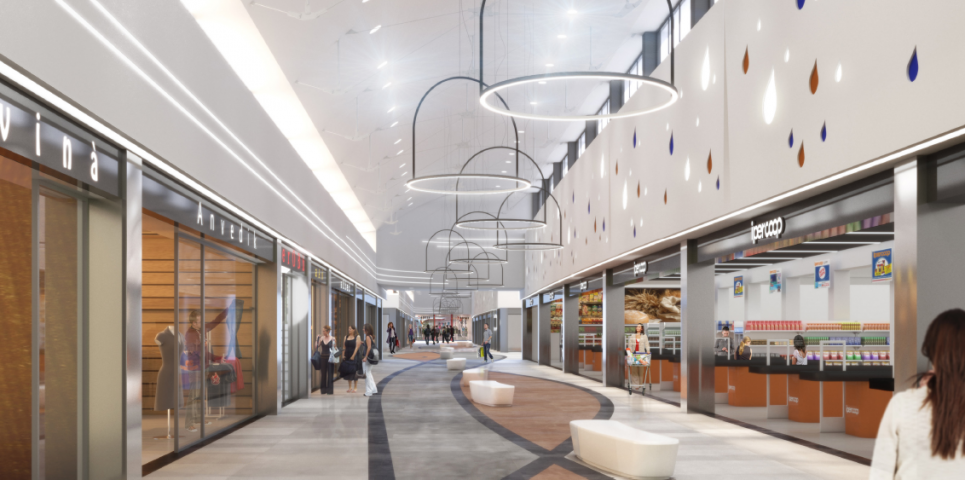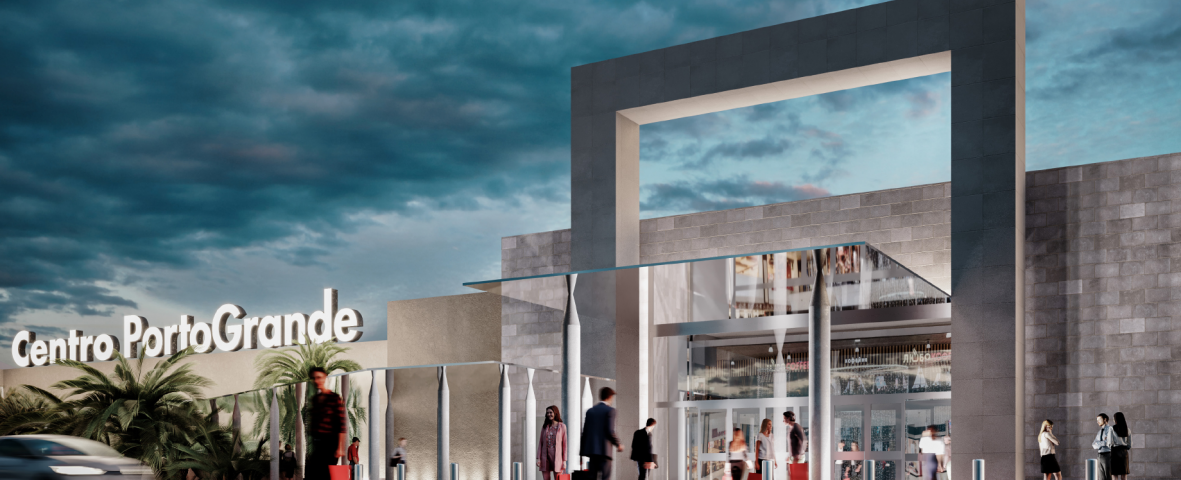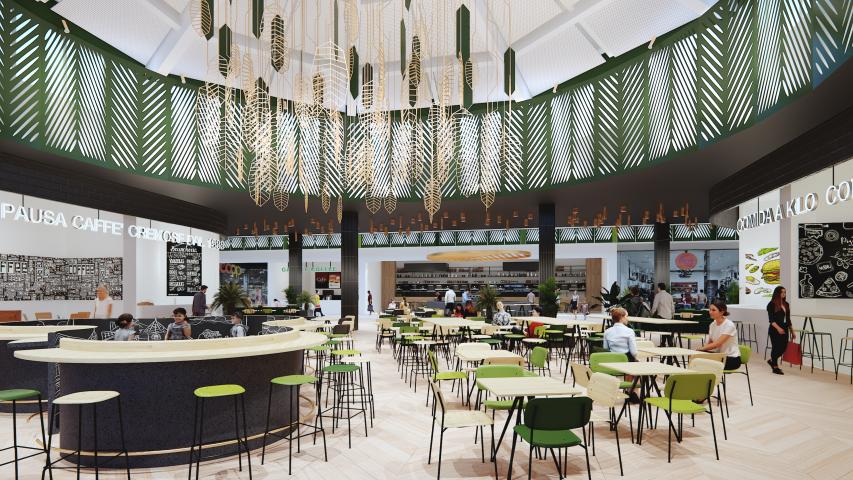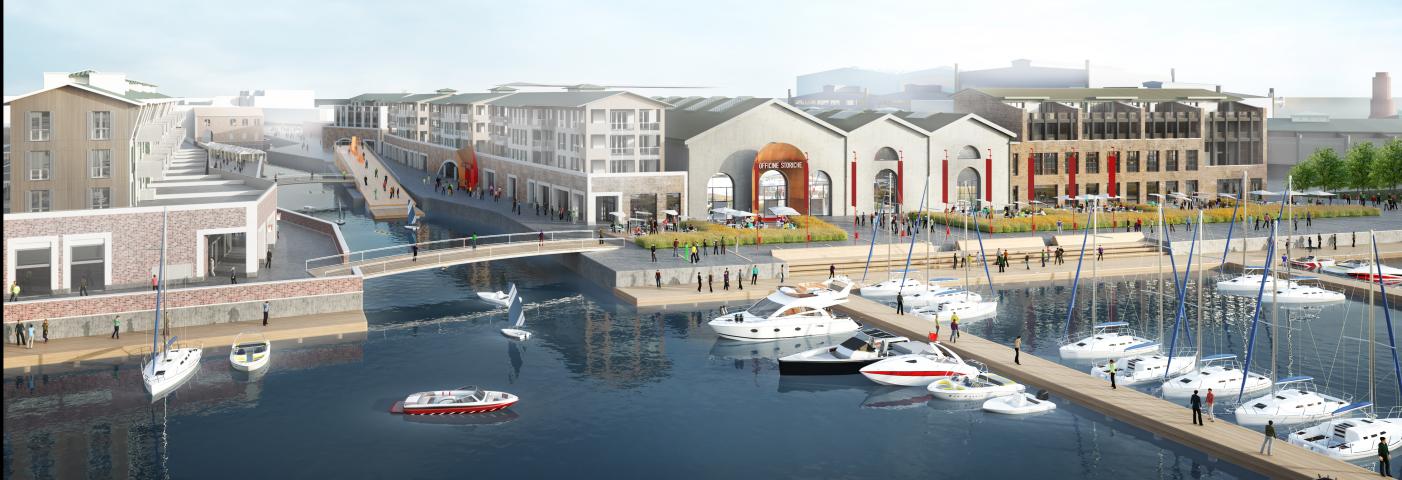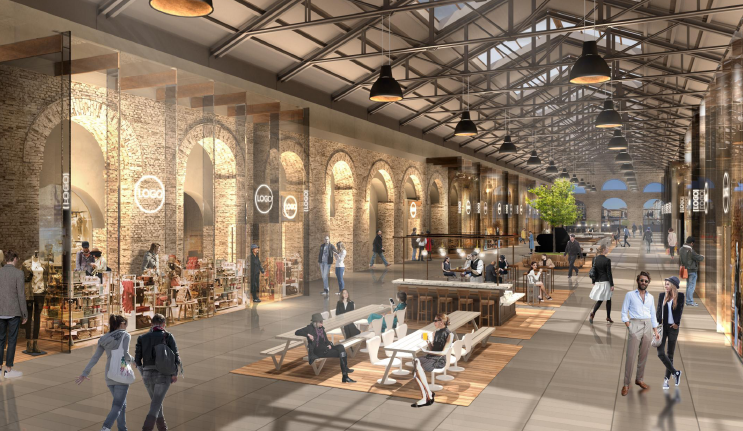Investments in the pipeline resumed
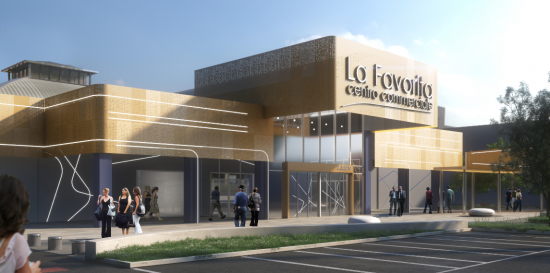
Over time IGD has invested continuously in order to maintain the high quality of its assets, respond to changing consumer trends and continue to provide visitors with attractive shopping and entertainment experiences.
The pandemic, and its impact in terms of closures, restrictions and uncertain cash flows, caused IGD to focus its outlays on investments that could not be deferred. The choice was the right one. Today, as it can count on an improved financial balance, IGD is resuming the work called for in the pipeline, albeit while maintaining a very selective approach and paying careful attention to the cost of materials, in light of the challenging market environment.
Let’s learn more about these topics by asking IGD SIIQ SPA’s Director of Asset Management, Development and Network Management, Roberto Zoia, a few questions.
How did you handle the investment policies in this unusual phase, dominated by the impact of the pandemic?
Already in 2020, and then similarly in 2021, IGD decided to limit investments to the ones that could not be deferred in order to protect the Company’s financial balance, including in the face of uncertain cash flows. Let’s not forget that through May 2021 Italian shopping centers had to remain closed on holidays and during the weekend with the exception of the “essential” activities. For this reason during the year that just closed we limited the further development of the Officine Storiche section of the Porta a Mare project in Livorno, while we resumed work on the remodeling and restyling of the Conè center in Conegliano, Casilino in Rome and Portogrande in San Benedetto del Tronto (in the Marche region) which had been suspended in 2020. We also began the restyling of La Favorita Shopping Center and Retail Park in Mantua. In 2021 we invested a total of almost €23 million, of which €13.7 million in remodeling, restyling, extraordinary maintenance – including improved earthquake proofing – and the fit-outs needed to accommodate the arrival of new brands.
What has changed in 2022 that today allows you to resume the work that was suspended or slowed during the pandemic?
Following the sale of a portfolio of “stand alone” supermarkets and hypermarkets – which was closed successfully in November 2021 – we were in a position to close the year with liquidity of roughly €160 million which brought the loan-to-vale below the 45% threshold (44.8% to be exact), a noticeable decrease compared to the 49.89% recorded year-end 2020. The lower leverage also reflects the valuations of the independent appraisers which at year-end 2021 held well.
Which of the shopping centers are you investing in now?
We are continuing with the complete restyling of the La Favorita Shopping Center and Retail Park in Mantua, while we are working on the remodeling of the areas occupied by the hypermarket at the Portogrande center in San Benedetto del Tronto. Both of these projects should be completed by the end of 2022. In Livorno we are also continuing with work on the Officine Storiche section.
When do you think the work on the Officine Storiche will be finished?
We believe that work on this important project will likely be completed after summer 2022. The project comprises more than 15,000 sqm in retail space and 42 apartments to be sold, for which 18 preliminary sales agreements were signed in 2021 and should close this year.
Are there any other initiatives that you might begin in 2022?
We are, actually, evaluating further refurbishing, including in light of the work called for in the Next Steps projects, aimed at adapting the shopping center to the new consumer trends.
What could impact your decision to proceed with the investments or not?
Basically, external elements make the difference: we are concerned about the Russia-Ukraine conflict which, as it continues, runs the risk of compromising the European economic recovery and to further fuel inflation, but we are also worried about any possible further restrictions that might be imposed in the face of new pandemic waves in the fall. The continuous increase in the price of raw materials and energy, lastly, would impact the final costs of the works underway, and could also influence household spending as discretional spending could be impacted heavily by higher energy and transportation costs. In conclusion, we are aware of the challenging environment and for this reason we will look closely at costs and benefits before proceeding with other projects in 2022.
What are the materials for which you are currently experiencing the greatest price increases?
Plastic materials in general, but also sheet metal parts and lighting. It’s not just a question of higher costs, but also of difficulties in procuring supply as many of these products come from Asia which today is still subject to severe lockdowns in many areas. The hardest thing now, when work is underway, is, therefore, to respect both the budget and the deadlines.
What tools are you using to address these sorts of difficulties?
If we are experiencing excessive increases in the cost of materials or serious delays, we try to make modifications to the project so we can substitute the goods that are missing or have become more costly than expected, with other types of materials. At the moment, thanks to this policy, we haven’t had to slow or suspend any works underway. The only discernable impact has been a slight delay in the completion of the Officine Storiche section which, as mentioned before, will be inaugurated in the third quarter of 2022, instead of by 30 June, as initially planned: the need to replan a few works, as well as the slowdown caused by infections and quarantines, did, in fact, have an impact.
Are there other investments you have planned for the next few years?
With a view to enhancing the sustainability of IGD’s real estate portfolio, in the three-year period 2019-2021 we invested €5.8 million which allowed us to significantly improve energy efficiency. This initiative, which targeted solar energy and LED lighting, also leveraged significantly on careful management and on the continuous monitoring of energy performances which helped to reduce energy consumption. Our plans do not end here. We will, in fact, begin restyling, along with improvements in terms of energy consumption, at 10 more shopping centers by 2030. Let’s hope that the conditions needed to implement the projects we have planned do, indeed, materialize.
Share

